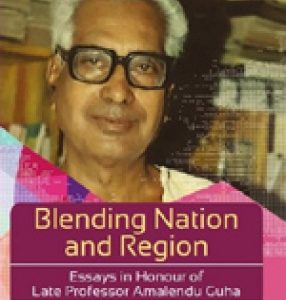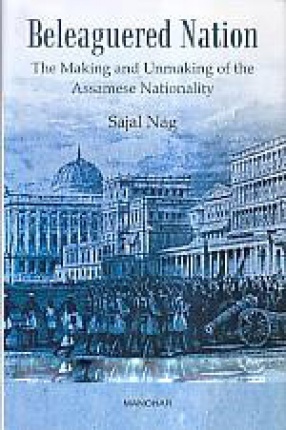
Sajal Nag

Showing all 8 books


Late Professor Amalendu Guha belonged to that first generation of historians in post-independent India who not just gave Indian history an identity but were also responsible for its decolonization, modernization and internationalization. When most historians were writing macro history, Professor Guha concentrated on regional history and brought into focus a region of India about which very little was then known-north-east India. Besides being an eminent scholar, ...

The study of environmental history is no more only of forests, rivers, but also of agriculture, climate, economic practices and human culture. In recent times environmental studies as a discipline has come to the forefront with growing concerns over the ozone layer depletion but has led to investigation of the historical factors and processes of man and environment relationship and its impact.

This book is about contradiction, conflicts, machinations, subversions nature of state intervention and the intricate process of making and unmaking of Assamese nationality vis-a-vis north east India.

In 1908, a Welsh doctor named Peter Fraser turned down a lucrative job with the British government and travelled as a Christian missionary to the remote Lushai Hills of North-east India the habitat of a reportedly wild, headhunting tribal people. While Fraser found acceptance among the natives, he also came in conflict with the colonial state over the tribal practice of bawi, a practice he found akin to slavery. This clash was symptomatic of a larger issue that ...

Over the years, north-east India has become synonymous with secessionism, insurgency, violence and turbulence. Gateway for the migratory waves from South-East and East Asia, the region is inhabited by a number of tribal communities—some relatively advanced while others proto-historic. The years under the British caused upheaval in their socio-cultural life. They experienced momentous changes in every aspect of their life from food to faith, dress to discourses. ...


The attainment of Indian Freedom (1947) was a classic case of self-determination. But Independence did not signify the end of the struggle for India. In fact it raised more problems than it solved. One such problem was to maintain the traditional boundary and prevent the Balkanisation of the nascent Indian nation. The crisis was primarily precipitated by some of the Princely States and Excluded Areas, which threatened to stay out of independent India. The Indian ...

This book is about an amazing ecological phenomenon known as bamboo flowering. The hill state of Mizoram (India) is covered by a thick growth of two particular species of bamboo which flower and fruit approximately every fifty and thirty years. The bamboo fruits which are a delicacy for the wild rats induce excessive breeding in them. Once these millions of hungry rats finish eating the fruits, they invade human habitat and devour their harvest causing extreme ...
